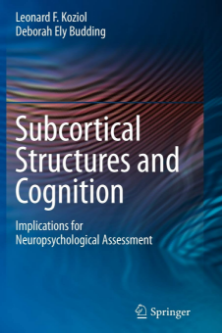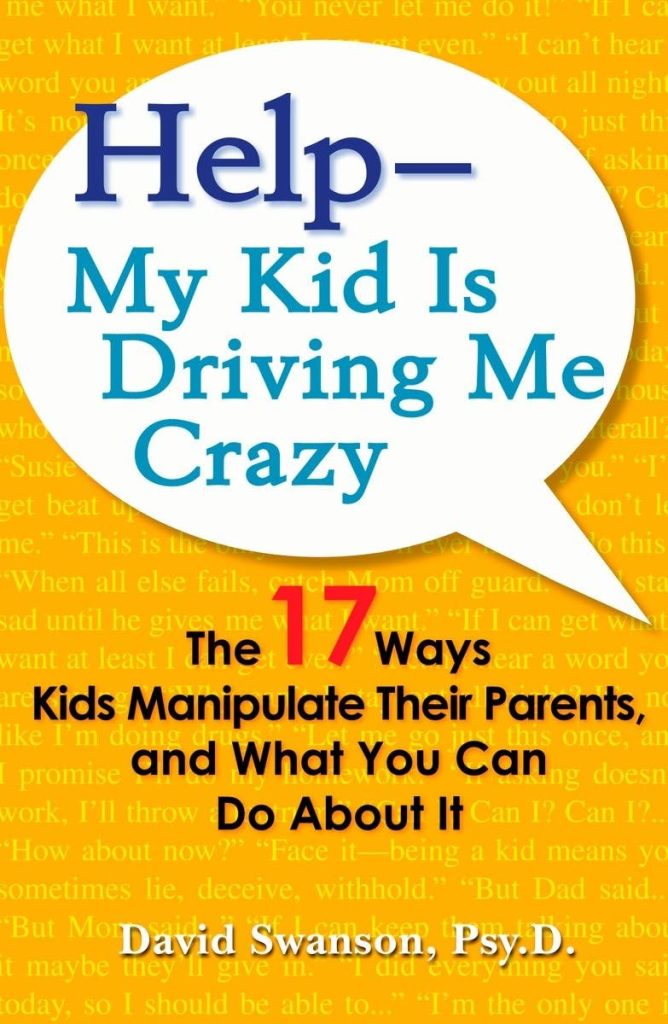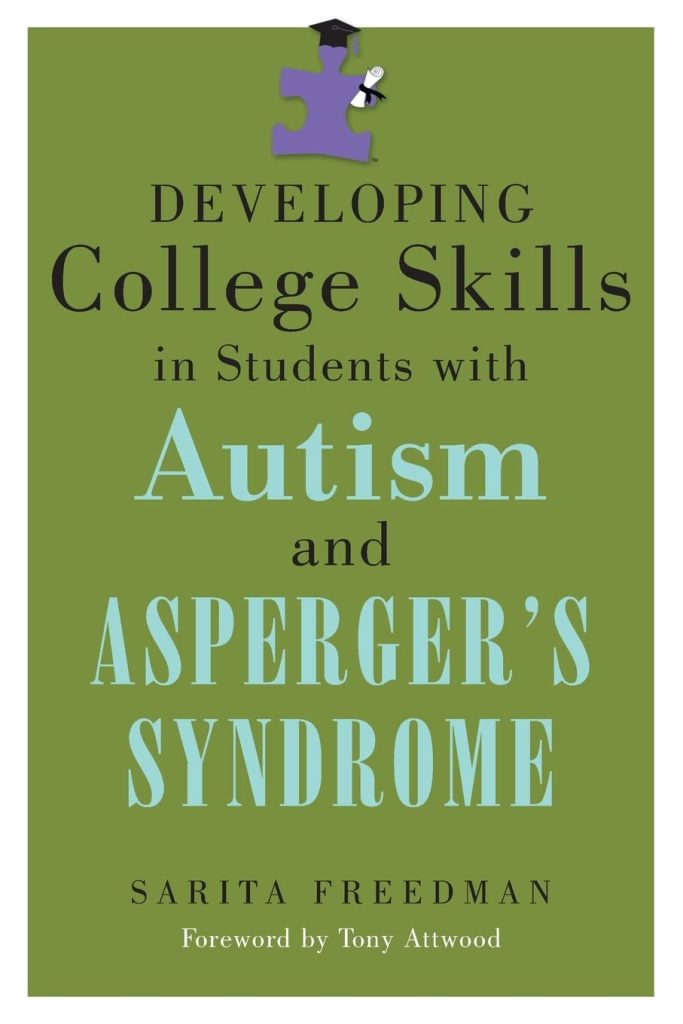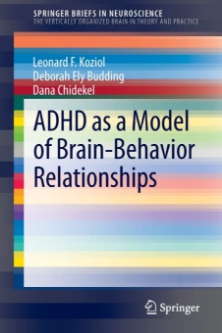A UTHORED ARTICLES
Click the underlined links to view articles:
Chidekel, D. and Budding, D.E. Compass Education Group Newsletter, ACT, SAT, LD April 13, 2015: The Neuropsychologist’s Guide to Accommodations
Koziol, L.F., Budding, D.E. & Chidekel, D. Pediatric Neurology, 48 (1) January 2013. pp. 3-13: Hyperbilirubinemia: Subcortical Mechanisms of Cognitive and Behavioral Dysfunction
Budding, D.E. and Chidekel, D. Applied Neuropsychology: Child, DOI: 10.1080/21622965.2012.699423 ADHD and Giftedness: A Neurocognitive Consideration of Twice Exceptionality
Koziol, L.F., Budding, D.E. & Chidekel, D. Cerebellum, DOI 10.1007/s12311-011-1031-y: From Movement to Thought: Executive Function, Embodied Cognition and the Cerebellum
Koziol, L.F., Budding, D.E., & Chidekel, D. Cerebellum, DOI 10.1007/s12311-01100288-8: Sensory Integration, Sensory Processing, and Sensory Modulation Disorder: Putative Functional Neuroanatomic Underpinnings
Koziol, L.F., Budding, D.E. & Chidekel, D. Cerebellum, DOI 10.1007/s12311-010-0192-7: Adaptation, Expertise, and Giftedness: Towards an Understanding of Cortical, Subcortical, and Cerebellar Network Contribution
Chidekel, D. and Budding, D.E. The Educational Therapist, Winter 2009, 31(1), 8-12: Procedural Deficits in Learning Disorders: A View Beneath the Verbal-Nonverbal Dichotomy
Chidekel, D. The Educational Therapist, Spring/Summer 2003, 24(2), 5-11: The Place of Boundaries
R ECOMMENDED READING
Coauthored by my well-respected neuropsychologist colleagues, Dr. Leonard Koziol and Dr. Deborah Budding, this book is a must for anyone who is committed to keeping pace with an understanding of brain function as the field evolves.
Read my review here:
Subcortical structures review.pdf
Read the review from Cerebellum here:
Cerebellum Subcortical Structures and Cognition.pdf
Read the review from The Clinical Neuropsychologist here:
The Clinical Neuropsychologist Subcortical Structures.pdf
Dr. David Swanson, a trusted child and family therapist, has written a book filled with information about the different ways kids misbehave and strategies about how to contend with each, plus he helps parents understand why kids employ these different strategies. The latter – the WHY kids do what they do – is a critical component for a good parenting book.
Dr. Sarita Freeman has extensive experience working with individuals and families whose lives have been impacted by Autism Spectrum Disorder. She has written this critical resource for families and for mental health professionals, special educators, educational therapists, speech and language pathologists, occupational therapists, and high school and college counselors to help young people and their families prepare for the extraordinary transition to post-secondary education that many children on the Autism spectrum have made or will be making.


To complement her busy private practice as a Neuropsychologist, Dr. Chidekel maintains an active presence in the professional and educational community by delivering well-researched, relevant presentations along with publishing books and articles about what educators, therapists and parents need and want to know.
BOOKS
If you are not the leader in your household, the plain-English explanations of developmental psychology, brain research, and the case examples in Parents in Charge will fascinate you and empower you to step unapologetically into the position of an authoritative parent. You will understand that the structured and consistent environment that good boundaries create gives your children real freedom. The book discusses how parenting casts light on your childhood memories and experiences, and it explains the differences between the cultures of early childhood and adulthood. Vivid examples of the differences between how children and adults experience time, language and consequences will lead you to chuckle in recognition and relief. The book also sweats the small stuff: writing thank you notes, calling adults by their first names and the need to rethink birthday parties with bulging party bags.
Using a well-known, widely studied disorder as a test case, ADHD as a Model of Brain-Behavior offers an innovative framework for integrating neuroscience and behavioral research to refine the diagnostic process and advance the understanding of developmental neuropathology. The book identifies a profound disconnection between current neuropsychological testing and the way the brain actually works. It proposes a revision of the diagnostic paradigm, critiquing the DSM and ICD for their failure to consider how connections between brain structures impact cognition and behavior. A large-scale brain network approach to pathology is presented to replace the historical approach that attempts to localize pathology to different, individual brain areas. Alternative diagnostic criteria proposed by the NIMH are discussed. Additional topics include:
- The diagnosis of ADHD: history and context
- ADHD and neuropsychological nomenclature
- Research Domain Criteria: a dimensional approach to evaluating a disorder
- The development of motor skills, executive function, and a relation to ADHD
- The role of the cerebellum in cognition, emotion, motivation, and dysfunction
- How large-scale brain networks interact
R ECOMENDED READING
Coauthored by my well-respected neuropsychologist colleagues, Dr. Leonard Koziol and Dr. Deborah Budding, this book is a must for anyone who is committed to keeping pace with an understanding of brain function as the field evolves.
Read my review here:
Subcortical structures review.pdf
Read the review from Cerebellum here:
Cerebellum Subcortical Structures and Cognition.pdf
Read the review from The Clinical Neuropsychologist here:
The Clinical Neuropsychologist Subcortical Structures.pdf
Dr. David Swanson, a trusted child and family therapist, has written a book filled with information about the different ways kids misbehave and strategies about how to contend with each, plus he helps parents understand why kids employ these different strategies. The latter – the WHY kids do what they do – is a critical component for a good parenting book.
Dr. Sarita Freeman has extensive experience working with individuals and families whose lives have been impacted by Autism Spectrum Disorder. She has written this critical resource for families and for mental health professionals, special educators, educational therapists, speech and language pathologists, occupational therapists, and high school and college counselors to help young people and their families prepare for the extraordinary transition to post-secondary education that many children on the Autism spectrum have made or will be making.





